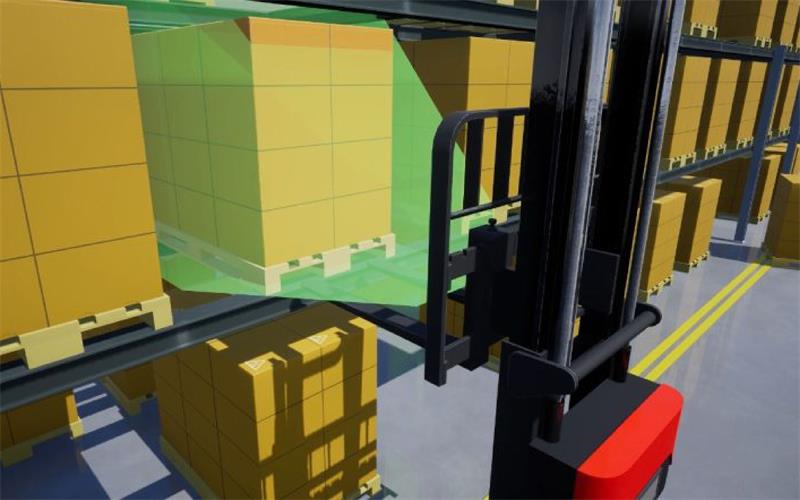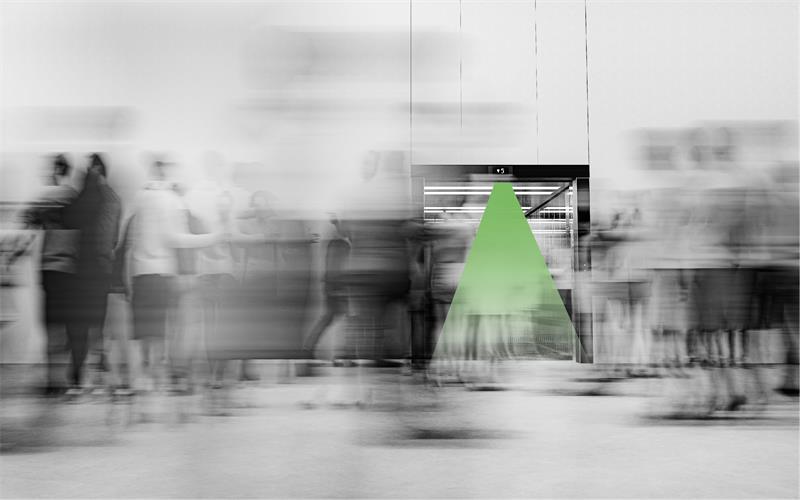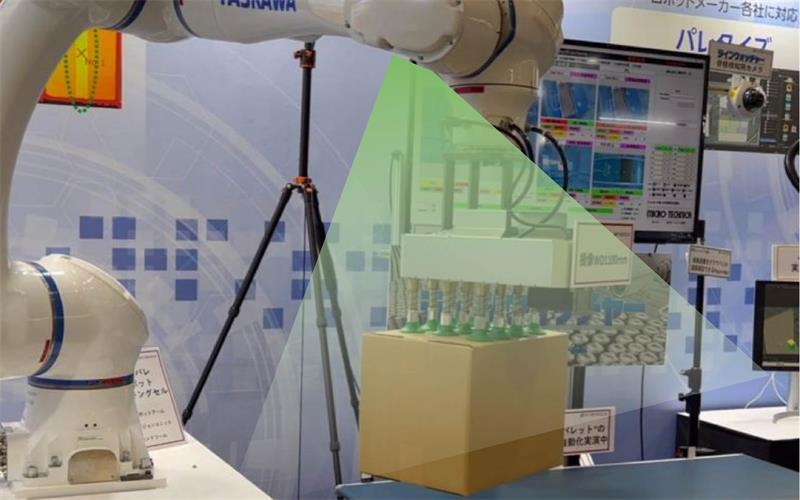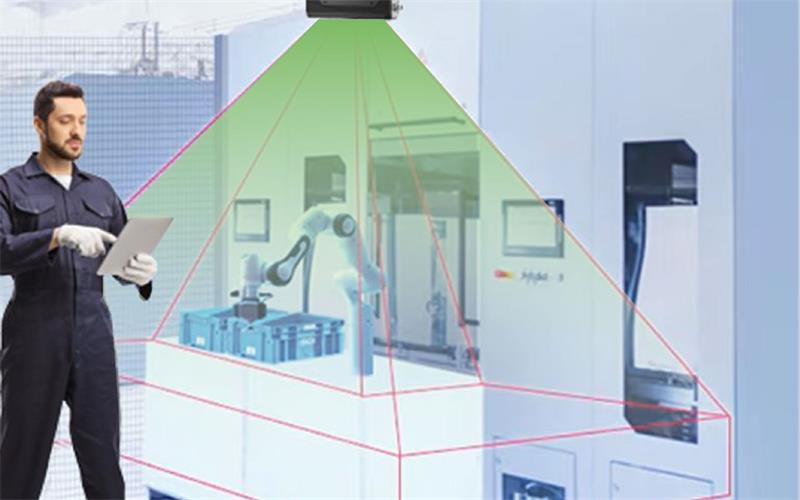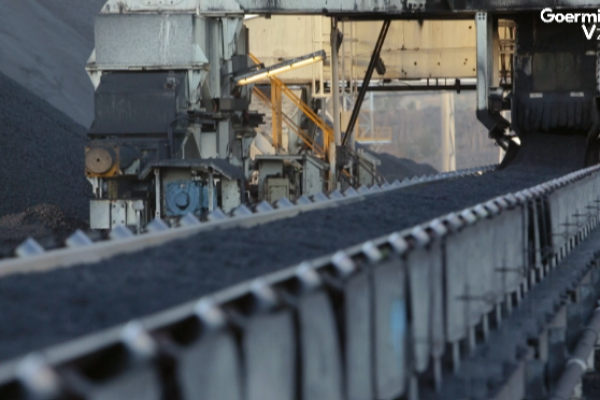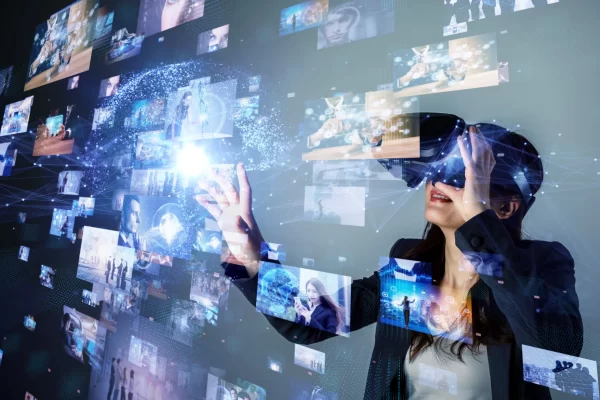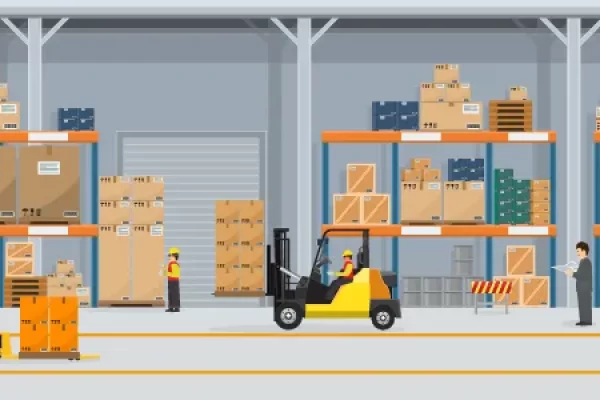In the era of rapid tech advancement, the rail transit sector is integrating innovative technologies to boost efficiency, safety, and passenger experience. 3D ToF (Time of Flight) cameras, as advanced optical sensors, have become a key driver in rail transit, bringing notable changes and opportunities.
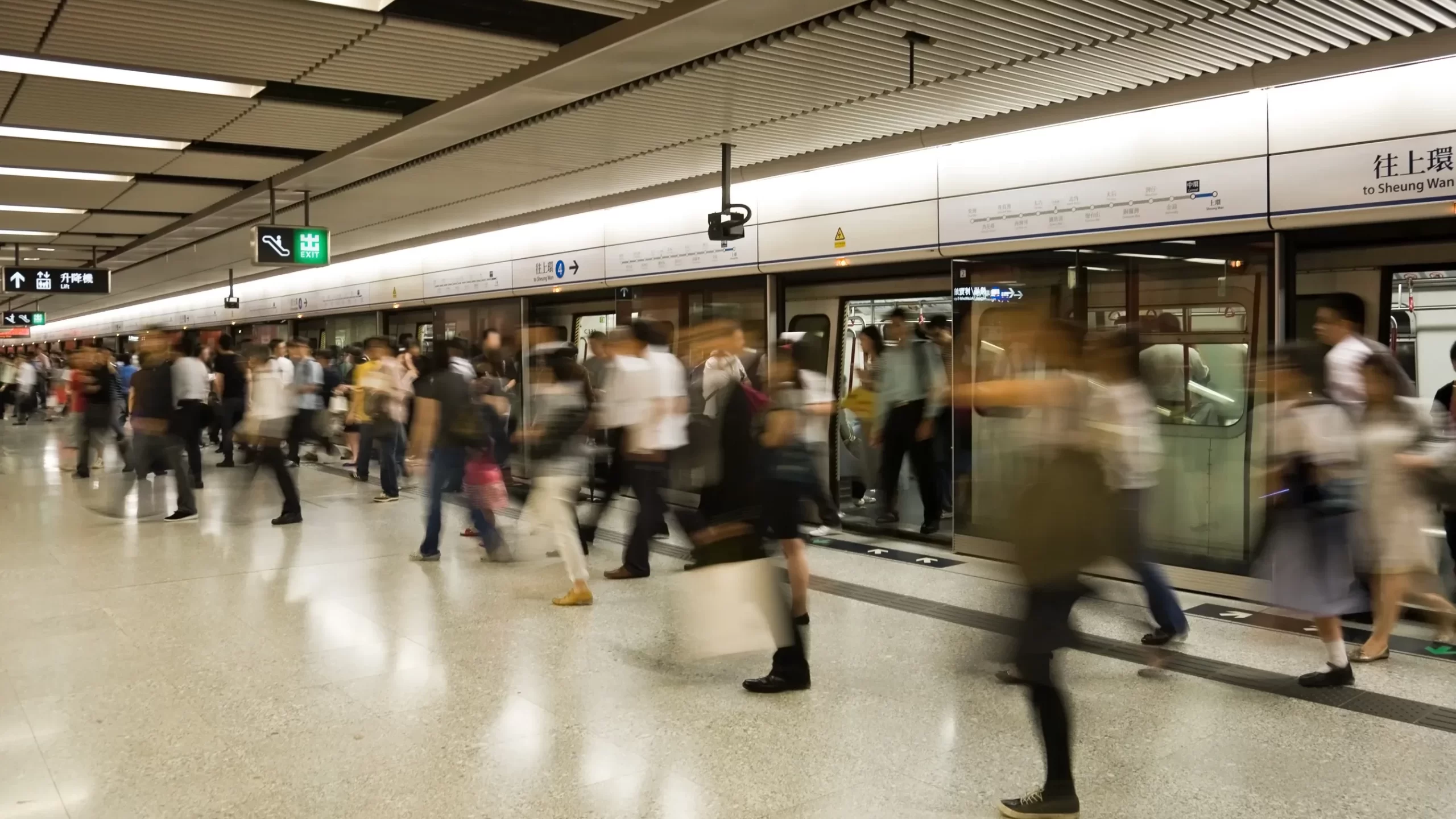
Table of Contents
Technical Principle of 3D ToF: The Foundation
3D ToF cameras emit near-infrared light pulses, measure the time for the light to reflect back, calculate distances to objects, and thus capture 3D depth information. Unlike traditional imaging, they quickly generate 3D contour data unaffected by surface texture or color, with high precision and stability even in complex lighting—laying a solid base for rail transit applications.
3D ToF Application Case: Passenger Flow Statistics
A rail transit intelligent product firm partnered with Vzense to develop a passenger counting solution using Vzense’s 3D ToF modules. Leveraging ToF’s precision, it rapidly captures human 3D contours for accurate passenger identification.
The solution fits rail transit well: it works stably regardless of light changes (e.g., subway entrances, carriages) and protects privacy by only collecting contours, no sensitive info like faces.
Practical roles:
- Guides passengers via real-time carriage crowding data.
- Supports smart scheduling by providing passenger flow data for adjusting departure frequency and train formation.
- Aids emergency rescue with quick personnel distribution.
- Complements smart systems (ventilation, AC, lighting) to auto-adjust in-vehicle environment.
The product is widely used globally, in the U.S., Brazil, and domestic cities like Chengdu and Hebei, proving Vzense’s 3D ToF technology is practical and reliable.de market acceptance, with clients both domestically and overseas. Overseas projects have been applied in rail transit systems in countries like the United States and Brazil, while domestic projects cover multiple lines in Chengdu, Hebei, and other regions. These successful cases rely on the stable support of Vzense’s 3D ToF technology, fully verifying its practicality and reliability in rail transit.
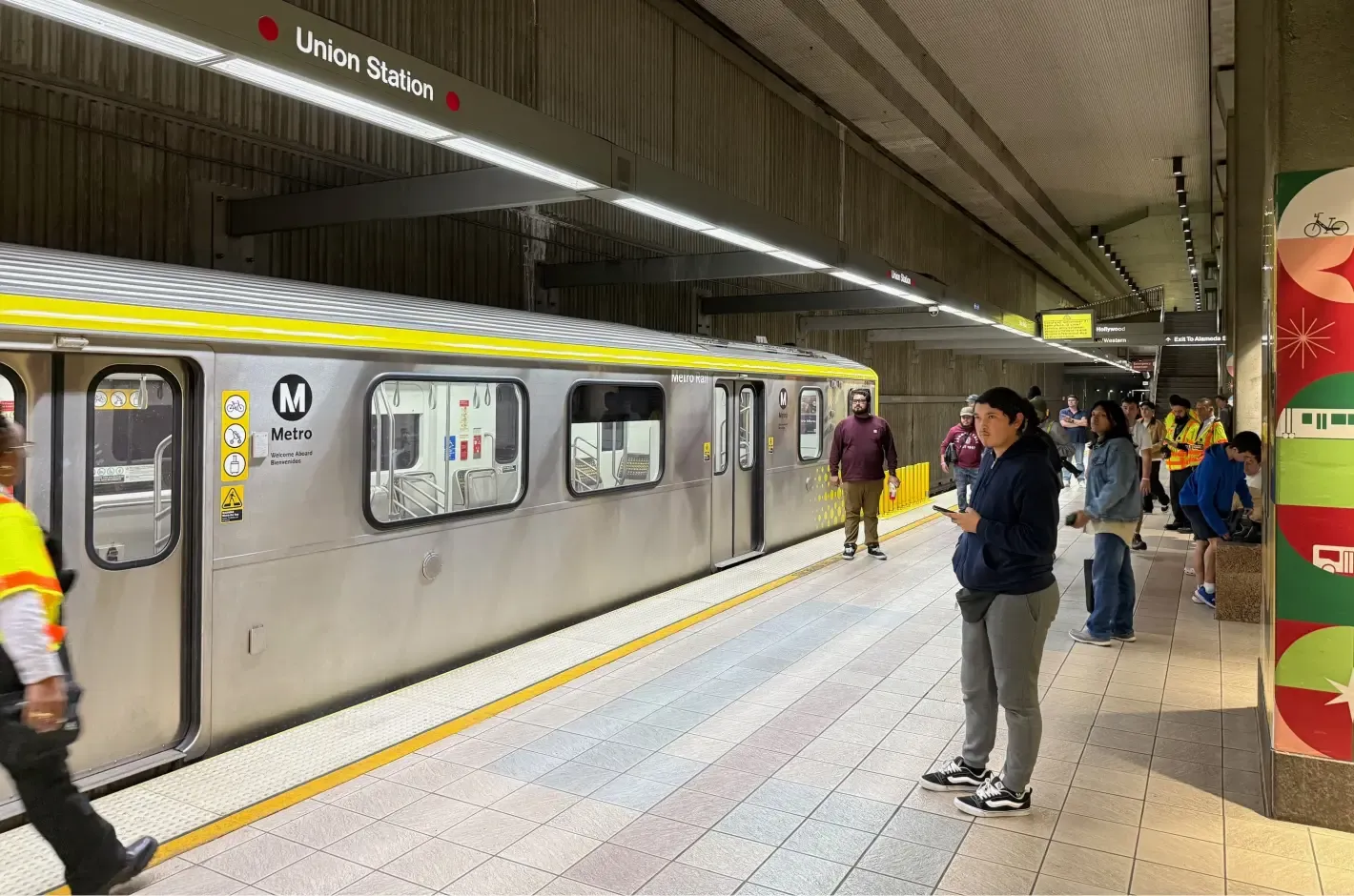
Advantages of Vzense Products: Why They Deeply Empower Rail Transit
For passenger flow stats, NYX series or custom modules are recommended. As pulse ToF (P-ToF) cameras with Nuvoton chip tech, NYX series has key strengths:
- Strong environmental adaptability: 940nm infrared resists ambient light, working stably in low-light tunnels or strong-light stations.
- High dynamic capture: 30fps frame rate clearly captures fast-moving passengers in crowded areas, reducing errors.
- Good coverage & collaboration: 70° horizontal/50° vertical view covers key areas (gates, carriage doors). Multi-device coexistence enables large-area monitoring without interference.

- Reliable protection: NYX 660 has IP67 rating, dustproof and water-resistant (1m for 30min), suitable for harsh environments.
- Superior privacy: Unlike RGB cameras capturing facial details (risky if leaked), it only collects depth and contours.
- NYX also excels in unmanned forklift pallet recognition and outdoor robot navigation, with strong performance in identifying black pallets under strong light—proving stability in complex environments.
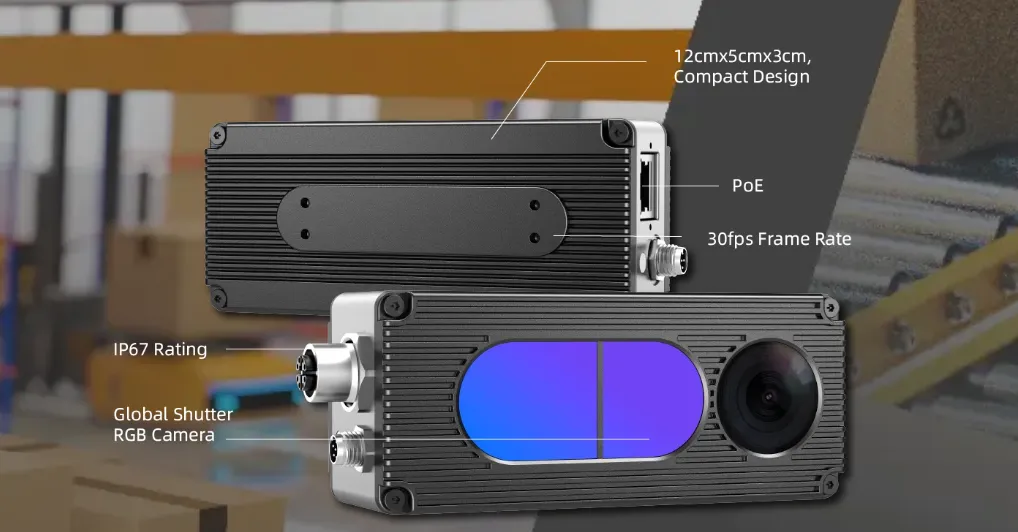
Additionally, in specific applications, the Vzense NYX series is particularly suitable for unmanned forklifts in pallet recognition and for navigation and obstacle avoidance of other mobile robots in outdoor environments. Its exceptional performance in identifying black pallets under strong ambient light further confirms its stability in complex environments.
Future Outlook of 3D ToF Technology
3D ToF cameras will see broader rail transit applications. Performance will improve (higher resolution, longer detection, faster processing) to meet demands. Integration with AI and big data will enable smarter decisions: optimizing operations, predicting faults for preventive maintenance, cutting costs, and driving sustainable rail transit development.


